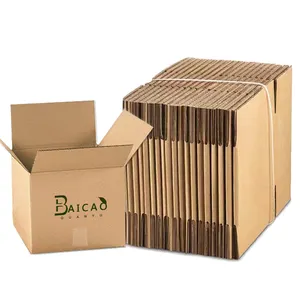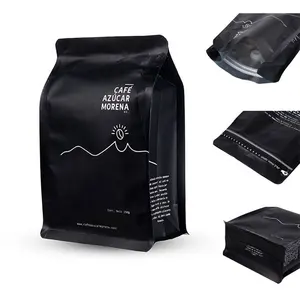Popular in your industry





































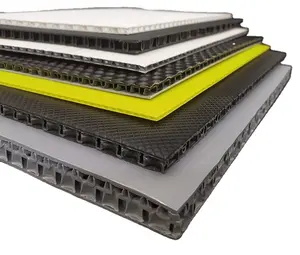



































Related Searches:































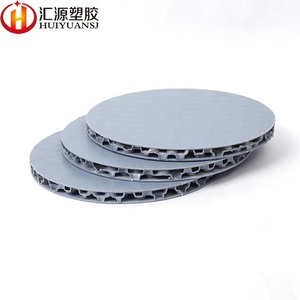

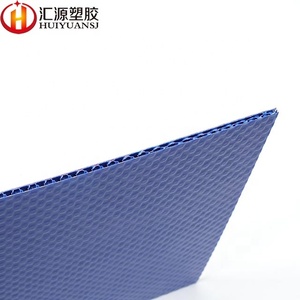

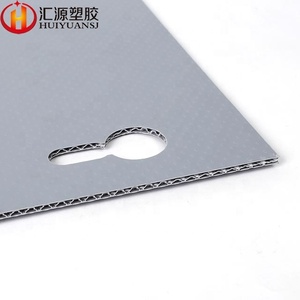










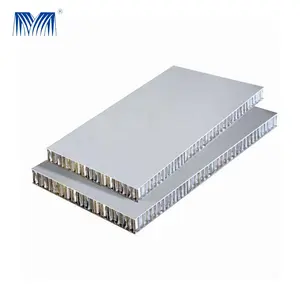





































































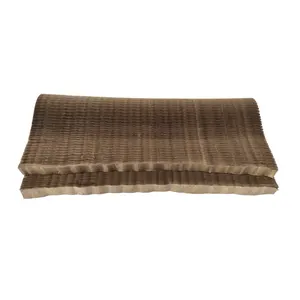









Top categories
About honeycomb board
Honeycomb Board: An Overview
Honeycomb board, a versatile and innovative material, is gaining traction across various industries for its unique structure and properties. This engineered board is composed of a honeycomb-shaped core sandwiched between two rigid panels, typically made from paper or plastic materials. Its design is inspired by the natural honeycomb, which is renowned for its strength and efficiency.
Types and Applications
The diversity of honeycomb board types caters to a broad range of applications. From ceiling tiles to packaging solutions, this material is adaptable to numerous environments, including exhibition spaces, promotional events, and retail settings like supermarkets. Its use extends to both indoor and outdoor applications, demonstrating its versatility.
Material Composition and Features
Honeycomb boards are primarily constructed from eco-friendly materials such as recycled paper or sustainable plastic sheets. The core's honeycomb structure provides a balance of durability and lightweight characteristics, making it an ideal choice for applications requiring both strength and ease of handling. The surface of these boards can be finished with various coatings, including PE (polyethylene) coated, anodized, or PVDF (polyvinylidene fluoride) coated to enhance their durability and aesthetic appeal.
Advantages of Honeycomb Board
The advantages of using honeycomb board are numerous. Its fireproof qualities make it a safe option for commercial use, while its antibacterial and mould-proof properties ensure a hygienic surface ideal for sensitive environments. The structural integrity of honeycomb boards makes them resistant to impact and compression, providing a reliable material for various structural and decorative applications.
Environmental Impact and Sustainability
In today's eco-conscious market, the environmental impact of materials is a significant consideration. Honeycomb board is often lauded for its sustainability, being made from recyclable materials and offering a lightweight alternative to more resource-heavy options. This not only reduces transportation costs but also minimizes the carbon footprint associated with its distribution and usage.
Choosing the Right Honeycomb Board
Selecting the appropriate honeycomb board for your project involves considering factors such as the intended application, environmental conditions, and specific features required. Whether seeking a solution for architectural design, industrial packaging, or custom displays, it is crucial to assess the specifications of the honeycomb board to ensure it meets the project's needs without compromising on performance or sustainability.




